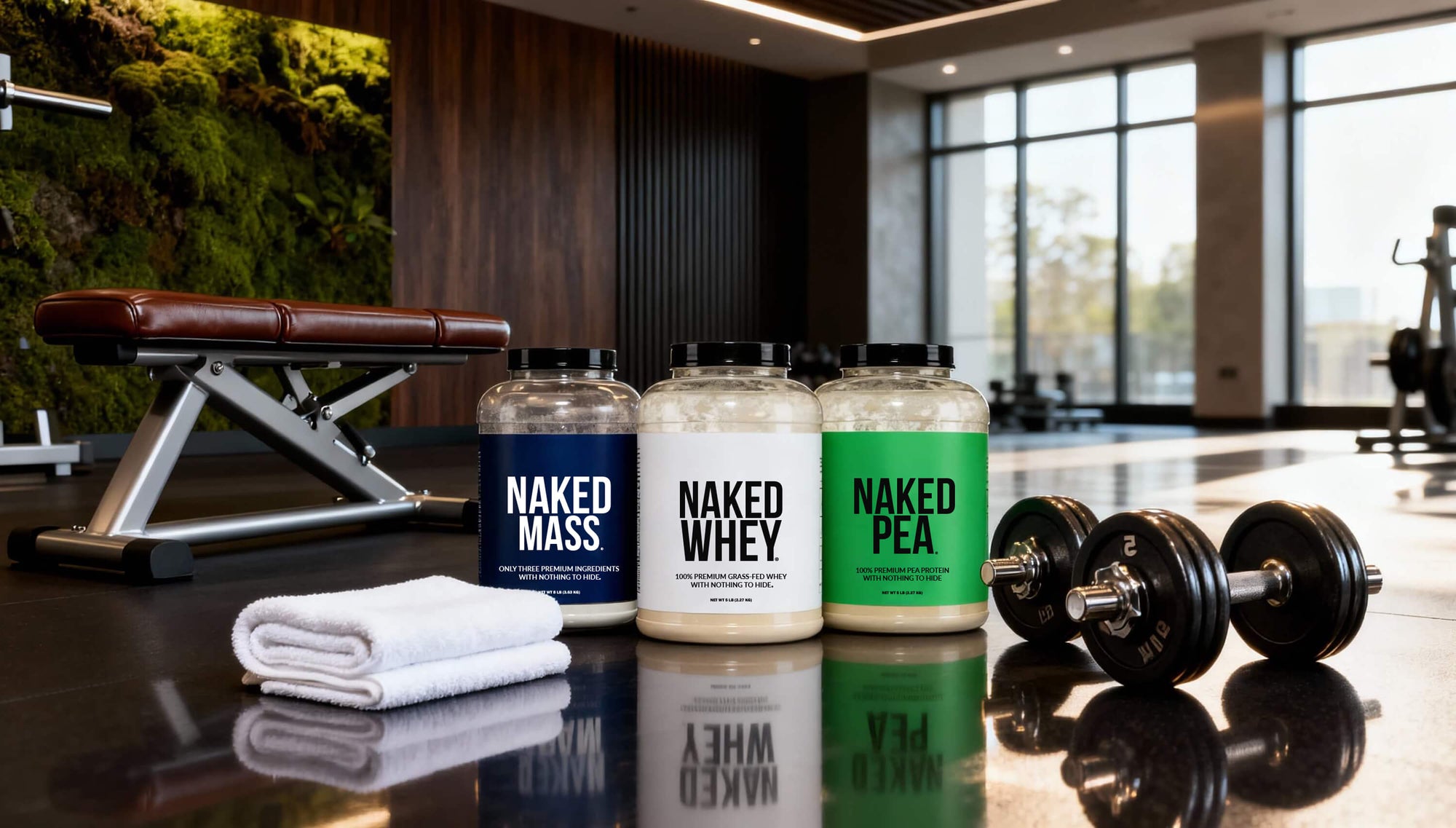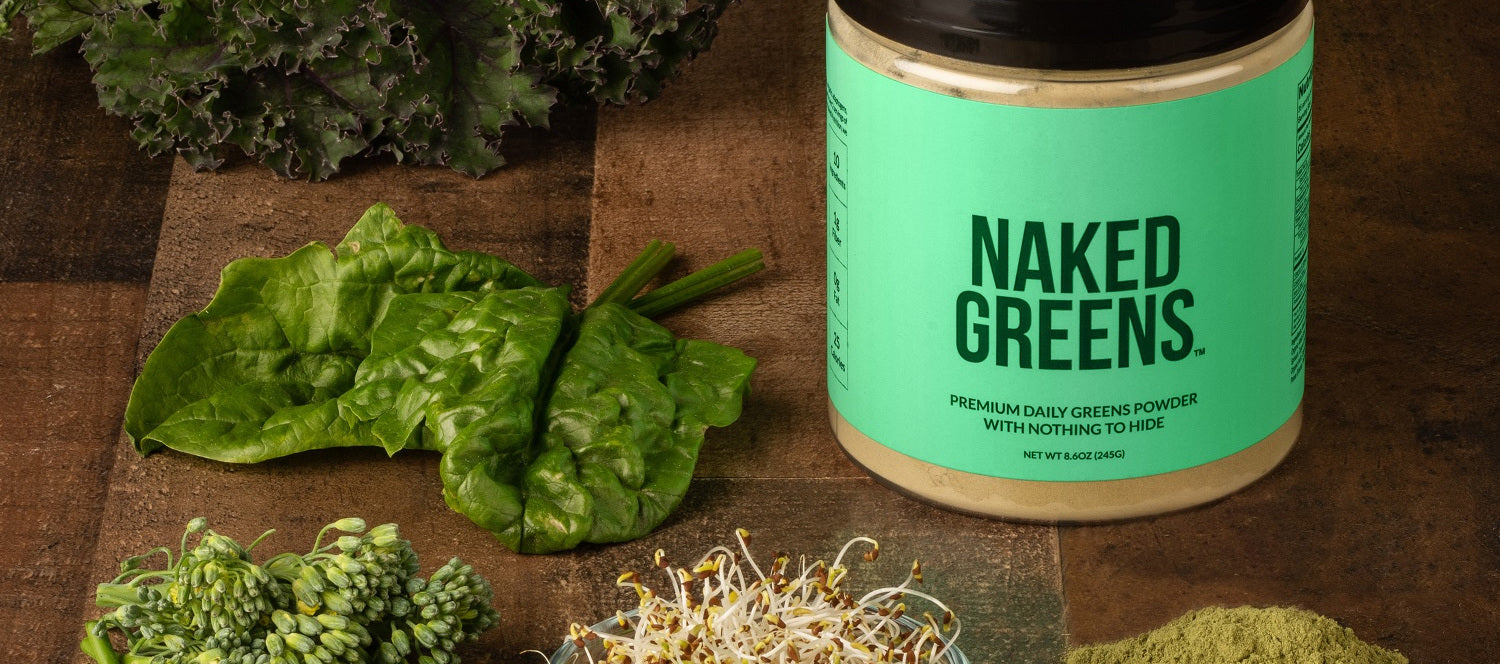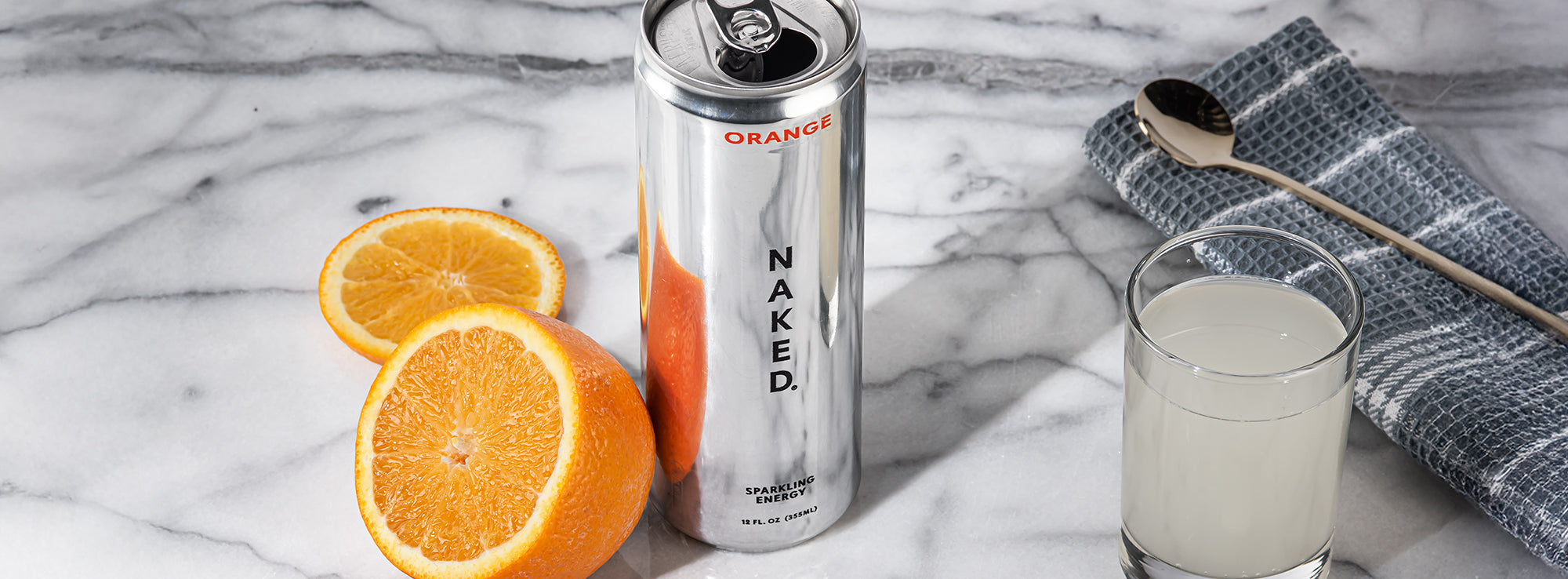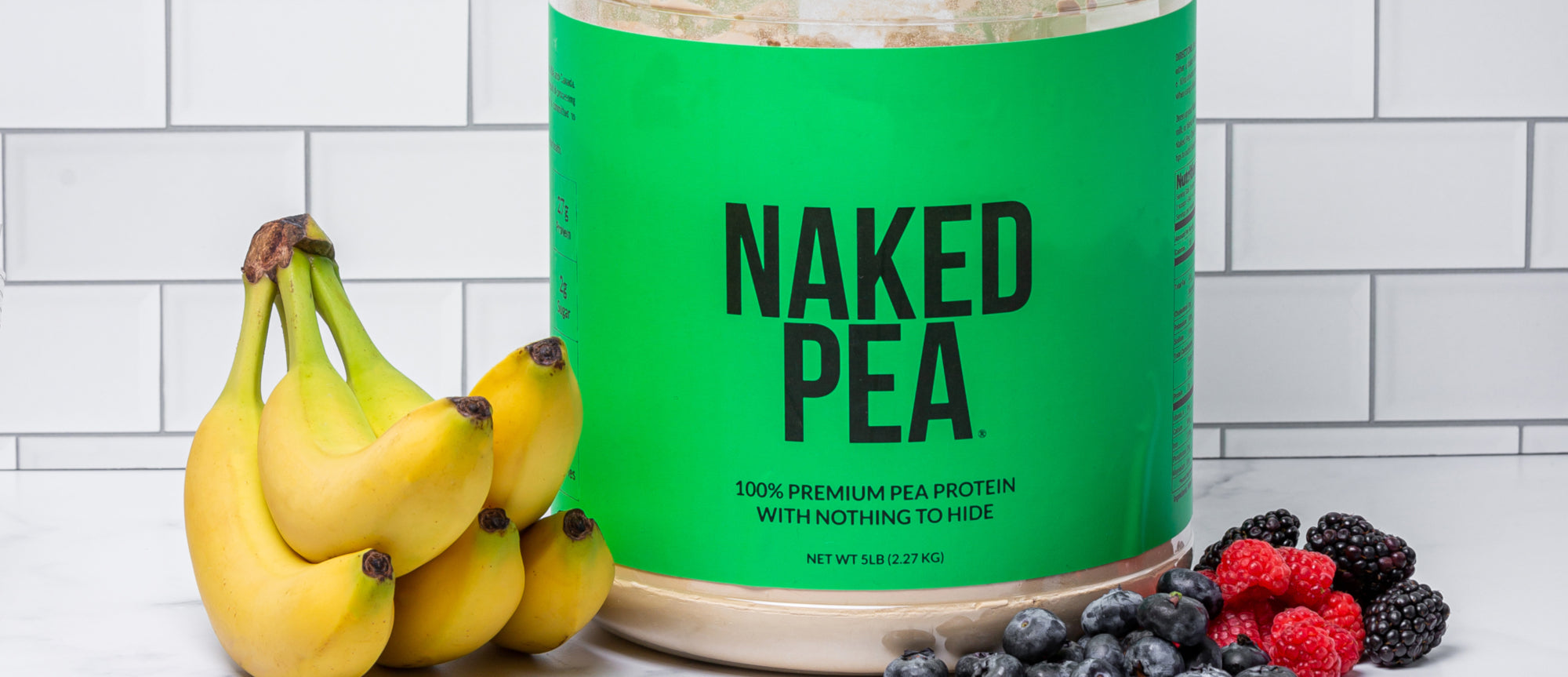Want to lose fat and reshape your body composition? The usual suspects play a part: working out harder and eating smarter. But so does NEAT.
NEAT, or Non-Exercise Activity Thermogenesis, plays a surprisingly large part in our daily calorie expenditure, and by extension, your body fat percentage, body shape, and also your overall health and metabolism.
In this article we’ll break down what NEAT is, why you should pay attention to it, and how to use this knowledge to improve your aesthetics, health and wellbeing.
What Is NEAT?

NEAT stands for Non-Exercise Activity Thermogenesis. This sounds technical, but in reality it’s a simple concept. It just means the energy you burn doing everything that isn’t sleeping, eating, or exercising on purpose.
Think about all the movement that happens during your day (other than working out). Walking to the kitchen, taking the stairs, cleaning the house, carrying laundry, typing at your desk, or pacing while you’re on a call.
Even small things like fidgeting with your hands or shifting in your seat count. All those tiny, forgotten movements add up in a big way.
How You Burn Calories

Your body burns calories all day long through four main “channels”:
1. Basal Metabolic Rate (BMR): This is the energy your body uses just to stay alive, keeping your heart beating, lungs breathing, and brain running. It’s your baseline burn and usually accounts for about 60-70% of the total calories you use each day.
2. Thermic Effect of Food (TEF): This is the energy it takes to digest and process your food, and makes up about 10% of your daily calories.
3. Exercise Activity Thermogenesis (EAT): These are the calories burned from deliberate workouts. Typically, that’s only around 5-10% of your daily total, depending on how often and how intensely you train.
4. Non-Exercise Activity Thermogenesis (NEAT): Everything else, your daily movements, chores, and fidgeting, typically accounts for 15-30% of your total calorie burn.
That last category, NEAT, is where most people have untapped potential.
Unlike your workouts, which might take up an hour or two a day, NEAT happens in all the remaining hours. This is why people with active lifestyles, such as nurses, teachers, or parents chasing kids around, can burn hundreds more calories each day than someone with a similar body size who sits at a desk all day.
In one landmark study, Dr. James Levine and colleagues found that NEAT differences between individuals could total as much as 2,000 calories per day. That’s the equivalent of an extra hour-long gym session or more, simply from living a more active day-to-day life.
The Science Behind NEAT and Fat Loss

It’s a simple formula: you want to lose fat, you need to burn more calories. And the more you move, the more energy (calories) you burn.
But when it comes to lasting fat loss, how you burn that energy can make a big difference, and NEAT may have a stronger impact than a lot of other forms of thermogenesis.
Unlike your workouts, which are short bursts of intense effort, NEAT keeps your body subtly active all day long. This steady movement creates a state where your body is constantly using and replenishing energy.
People who live in this state tend to have faster metabolisms, better appetite control, and an easier time maintaining a healthy weight.
One of the most important studies on this topic came from Dr. James Levine at the Mayo Clinic. In a series of experiments, his team overfed participants by about 1,000 calories per day for several weeks to see how their bodies responded.
Some people gained weight quickly, but others barely put on any fat at all, even though everyone ate the same amount.
The difference was that the people who stayed lean unconsciously moved more throughout the day. They had higher NEAT, and they burned off most of the extra calories without even trying. (Levine et al., Science, 2005).
Other studies have confirmed this. For instance, research from The American Journal of Physiology – Endocrinology and Metabolism found that individuals who spend more time sitting have much lower daily energy output than those who take regular movement breaks, even when both groups perform the same workouts.
Simply standing or walking periodically during the day helps regulate blood sugar and fat metabolism; benefits that structured exercise alone doesn’t fully provide.
This means, along with helping you burn more calories, NEAT also changes the way your body handles energy.
Regular movement helps muscles use glucose more effectively, improves insulin sensitivity, and keeps fat-burning pathways active. Over time, this can make your metabolism more flexible, and better able to switch between burning carbs and fat depending on your needs.
Examples of NEAT in Everyday Life

When people first hear about NEAT, they often think it means adding a bunch of extra workouts or complicated routines to their day.
But the great part is that NEAT isn’t about exercise at all. It’s about movement, and that can happen almost anywhere, anytime.
Think of NEAT as all the little things that add up when you’re not sitting still. The trick is to start noticing these movements, and then do more of them.
Examples include:
-
Walking: A few extra steps can easily add up to hundreds of calories a day.
-
Taking the stairs: A few flights of stairs can spike your heart rate and boost your daily calorie burn with almost no time commitment.
-
Standing more often: Working at a standing desk, pacing during phone calls, or doing chores while watching TV all count as NEAT.
-
Household chores: Cleaning, vacuuming, gardening, shoveling snow, washing the car. All of these are forms of low-intensity activity that use real energy.
-
Playing with your kids or pets: Tossing a ball, running around the yard, or taking your dog for an extra walk are all enjoyable ways to move more without it feeling like “exercise.”
-
Commuting differently: Walking or cycling for part of your commute, or getting off the bus one stop early, can be an easy way to sneak in more movement.
-
Fidgeting and posture changes: Even small movements like tapping your foot, shifting in your seat, or standing up to stretch help keep your metabolism more active throughout the day.
A study in Obesity Research found that people who frequently made small, spontaneous movements, like fidgeting, pacing, or standing up often, burned significantly more calories over a 24-hour period than those who stayed still for long stretches.
So even small changes can make a big difference.
When you start to see movement as something you can sprinkle throughout your day, it changes everything.
You stop viewing activity as something that only happens in the gym and start recognizing the hundreds of opportunities to move more, right in your normal life.
How to Increase Your NEAT Output

You can increase your NEAT output just by moving a little more, a little more often.
The key to increasing your NEAT is to make small adjustments that fit naturally into your lifestyle. When you repeat them consistently, those small moves can lead to massive results over time.
Here are some simple, science-backed ways to do exactly that.
Start with your step count
One of the easiest ways to measure and increase NEAT is by tracking your daily steps.
Research shows that even small increases in step count, i.e. from 5,000 to 8,000 steps per day, can significantly improve calorie expenditure, cardiovascular health, and insulin sensitivity.
You don’t have to hit 10,000 right away. Just aim to do a little more than you’re doing now, and build from there.
Use “movement prompts”
Long periods of sitting are one of the biggest NEAT killers.
Studies in Diabetologia (2012) found that breaking up sitting time every 30 minutes with even 2-3 minutes of light movement improved blood sugar control and reduced post-meal insulin spikes.
Set reminders to stand, stretch, or take a short walk (especially if your job involves sitting all day).
Walk after meals
A short 10-15 minute walk after eating helps regulate blood sugar, aids digestion, and increases daily calorie burn.
It’s one of the simplest, most effective habits you can add; especially after dinner, when people tend to sit for the rest of the night.
Build activity into your commute
If you drive, park farther from your destination. If you take public transportation, get off one stop early.
These tiny tweaks can add hundreds of extra steps to your day with almost no extra effort.
Make chores work for you
Doing laundry, vacuuming, sweeping, or cleaning the car might not sound exciting, but they’re all great ways to get your body moving.
A 30-minute round of household chores can burn 100-200 calories depending on your effort (and you’ll have a cleaner home to boot).
Incorporate “micro-breaks”
Instead of saving all your activity for one big workout, sprinkle short movement breaks throughout the day.
Do a few bodyweight squats after a meeting, take a stretch break between emails, or do a quick lap around the office.
Beyond Calories: Additional Benefits of NEAT

It’s easy to think of NEAT only as a way to burn more calories, but its benefits go far beyond that.
Moving more throughout the day is one of the simplest, most powerful things you can do to improve your overall health, mood, and even longevity.
1. Better metabolic health
Regular low-intensity movement helps your body handle blood sugar more effectively.
Studies show that taking brief walking breaks or standing periodically can significantly improve glucose control and insulin sensitivity, even in people who already exercise regularly.
2. Improved cardiovascular health
Light daily activity, like walking, cleaning, or light cycling, enhances circulation, lowers resting blood pressure, and reduces triglycerides.
Over time, these small effects add up, which is why people with naturally more active lifestyles tend to have lower risks of heart disease, independent of their workout habits.
3. Enhanced brain function and mood
Moving your body also benefits your mind.
Physical activity of any intensity increases blood flow to the brain and stimulates the release of brain-derived neurotrophic factor (BDNF), a protein that supports memory, focus, and learning.
Even gentle movement like walking or gardening can raise BDNF levels and boost cognitive resilience.
4. Less stiffness, more energy
When you move more throughout the day, your joints, connective tissue, and muscles stay loose and mobile.
People who spend long hours sitting often experience tight hips, sore backs, and low energy, all symptoms of low physical activity.
Gentle, frequent movement keeps your body “primed” for activity, improving posture, mobility, and recovery between workouts.
5. A longer, healthier life
Multiple large-scale studies have shown that higher daily activity (even light activity) is strongly linked with longer lifespan and lower risk of chronic diseases.
In fact, a study published in the American Journal of Clinical Nutrition found that just replacing 20 minutes of sitting each day with light movement reduced mortality risk by up to 20%.
You don’t need to train like an athlete to gain these benefits; you just need to move more often.
NEAT vs Exercise: Why You Need Both

It’s tempting to think of NEAT as a replacement for exercise. But that’s not quite how it works.
NEAT and structured exercise do very different things for your body, and the best results come when they work together.
Structured exercise, like lifting weights, running, swimming, or cycling, gives your body powerful adaptation signals.
These workouts build muscle, improve strength and cardiovascular fitness, and trigger metabolic changes that make your body more efficient.
NEAT, on the other hand, fills in the rest of the day. It keeps your energy expenditure high between workouts, helping you stay in better metabolic balance and prevent the “post-exercise slump” that can happen when you train hard but sit the rest of the time.
People who combine consistent training with an active lifestyle tend to see the best long-term results in both body composition and health. Don’t think of it as one or the other: think of them working together.
Final Thoughts
The truth about improving your body composition (and your health) is that it doesn’t just happen in the gym.
It happens in the small, seemingly insignificant choices you make every day. Taking the stairs instead of the elevator. Taking a short walk after meals. Spending a few minutes standing instead of sitting.
That’s the power of NEAT. It’s not flashy, it’s not extreme, and it doesn’t require more time or equipment. But it works, quietly and consistently, in the background of your life, and adds up to lasting results: more calories burned, a healthier metabolism, a stronger heart, a clearer mind, and a body that feels good to live in.





